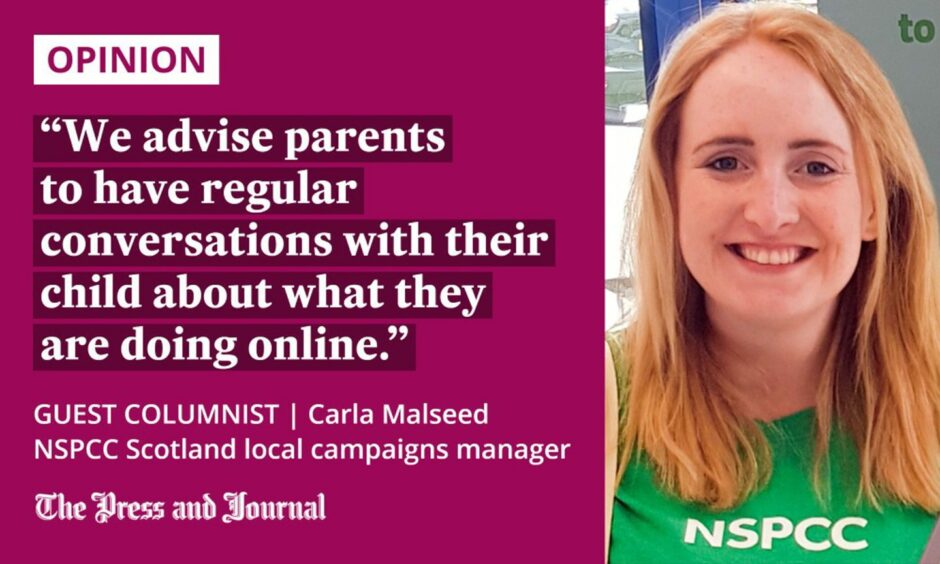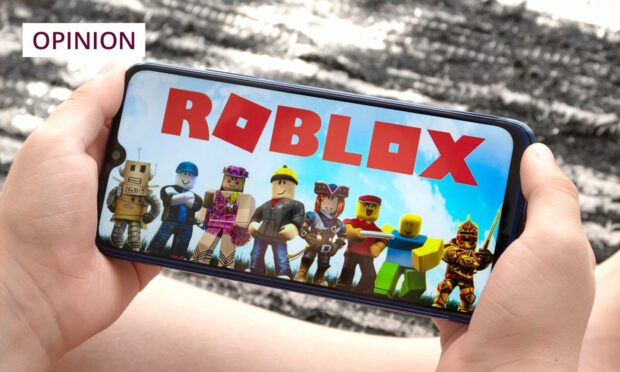Roblox is a popular free online computer game for under-13s in which players can create and publish their own games, so it can be a great educational tool to help teach children new skills like coding.
However, there are also some risks because other users could build games that contain adult or inappropriate themes that your child might see. As with all interactive online activity, there is also the risk of bullying.
At the NSPCC, we encourage parents and carers to talk to their children about the types of games they are playing and understand the different features. Many popular platforms have advice pages for parents and carers that highlight the different safety settings available.

It’s a good idea to make sure your child signs up with the correct age. On Roblox, certain safety settings and parental controls are enabled by default for children under 13.
Not all games on Roblox will be appropriate for your child. The platform has a setting that lets parents and carers limit what their child can play by allowing them to build lists of age-appropriate games. You can also switch off in-app spending or set them monthly limits.
Talking to your child about games like Roblox
You can manage who your child can speak to by disabling chat completely or limiting it to friends only. You can also switch off their inbox to stop them receiving direct messages.
We advise parents to have regular conversations with their child about what they are doing online. Ask your child open questions like ‘What games have you been playing on Roblox recently?’ or ‘What platforms have you been using to play games?’.
Visit our online safety hub for more advice and tips on gaming, talking to your child and much more. If you need more information on setting up parental controls on Roblox, visit their parent guide. Talking regularly is the greatest tool to help keep your child safe when they play games such as Roblox.
If you’re worried about something a child or young person may have experienced online, you can contact the NSPCC helpline for free support and advice on 0808 800 5000 or contact us online.
Children can contact Childline on 0800 1111 or go to www.childline.org.uk for support 24 hours a day, 7 days a week.
Carla Malseed is the local campaigns manager for NSPCC Scotland

Conversation